A child has a die whose six faces show the letters as given below:

The die is thrown once. What is the probability of getting ( 1 ) A ? ( 2 ) D ?Solution in Gujrati
The correct Answer is:(1) P(X)=26=13
(2) P(Y)=16
Step by step video & text solution for A child has a die whose six faces show the letters as given below: The die is thrown once. What is the probability of getting ( 1 ) A ? ( 2 ) D ? by Maths experts to help you in doubts & scoring excellent marks in Class 10 exams.
Updated on:21/07/2023Topper's Solved these Questions
- PROBABILITY Book:KUMAR PRAKASHANChapter:PROBABILITY Exercise:EXERCISE 15.2
Explore 5 Videos
- PROBABILITY Book:KUMAR PRAKASHANChapter:PROBABILITY Exercise:TEST YOUR SKILLS
Explore 8 Videos
- PROBABILITY Book:KUMAR PRAKASHANChapter:PROBABILITY Exercise:OTHER IMPORTANT EXAMPLES
Explore 3 Videos
- POLYNOMIALSBook:KUMAR PRAKASHANChapter:POLYNOMIALSExercise:OBJECTIVE QUESTIONS
Explore 26 Videos
- QUADRATIC EQUATIONSBook:KUMAR PRAKASHANChapter:QUADRATIC EQUATIONSExercise:Test Your Skills
Explore 19 Videos
Similar Questions
Two customers Shyam and Ekta are visiting a particular shop in the same week (Tuesday to Saturday). Each is equally likely to visit the shop on any day as on another day. What is the probability that both will visit the shop on (i) the same day?
View SolutionThere are 30 cards, of same size, in a bag on which numbers 1 to 30 are written. One card is taken out of the bag at random. Find the probability that the number on the selected card is not divisible by 3.
View SolutionFind the probability that a non-leap year chosen at random has 53 Sundays.
View SolutionFill in the blanks so as to make each of the following statements true :
The zero of linear polynomial p(x)=3x+2 is………
View SolutionCheck whether the following are quadratic equations :
(1) (x−3)2=x(2x−5)
(2) (2x−3)(8x+1)=(4x+5)(4x−5)
(3) (5x+3)(x−2)=(4x+3)(2x−1)
(4) (2x+5)3=8(x−1)3
(5) x2+7x−8=x(x+5)
(6) x3+9x2−7x+2=(x+3)3
View SolutionA child has die whose six faces show the letters as given below:

The die is thrown once. What is the probability of getting (i) A, (ii) D?
View SolutionDetermine the point of symmetry of a regular hexagon.
View SolutionMatch the following Column A to Column B
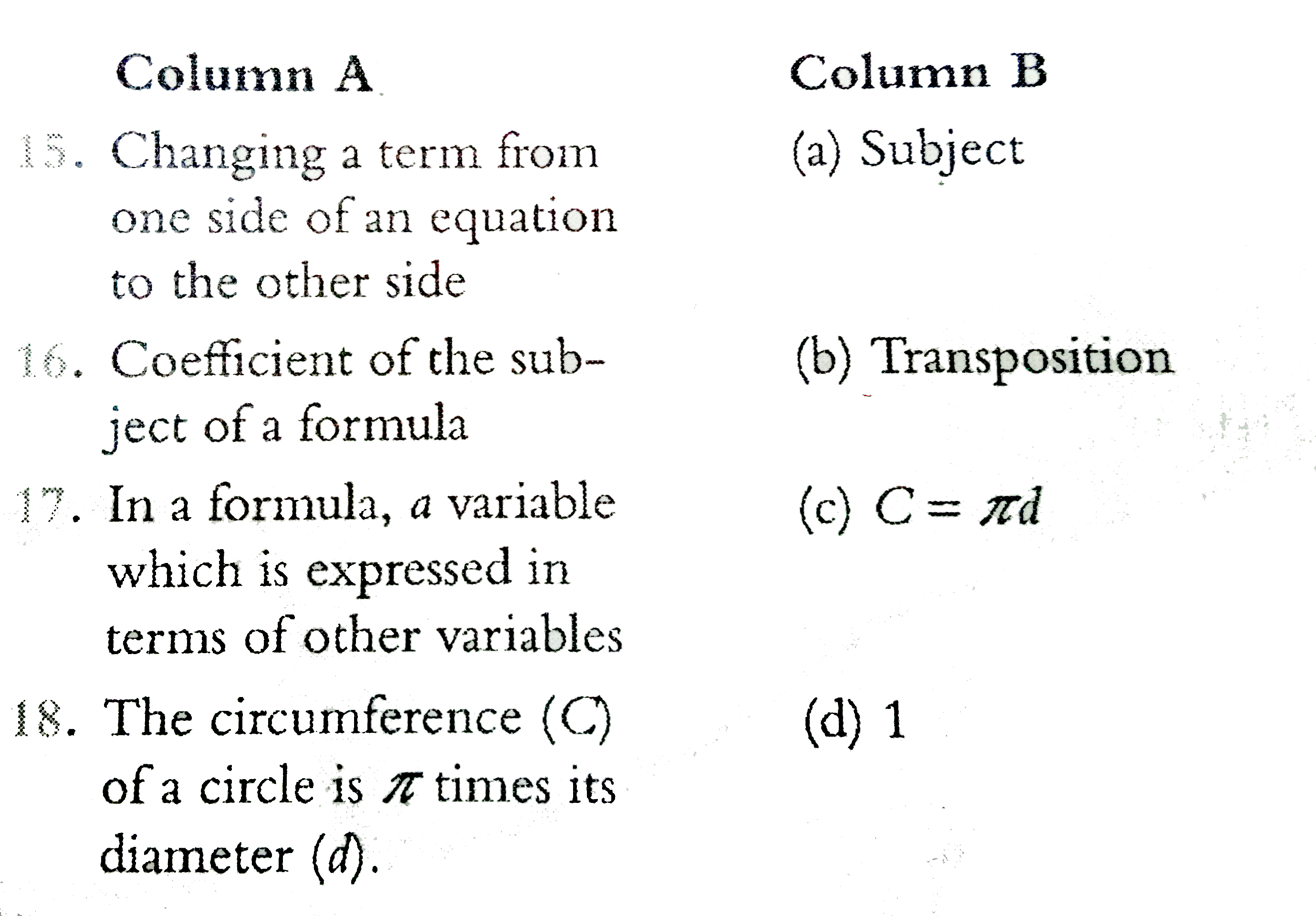
View SolutionMatch the following Column A to Column B
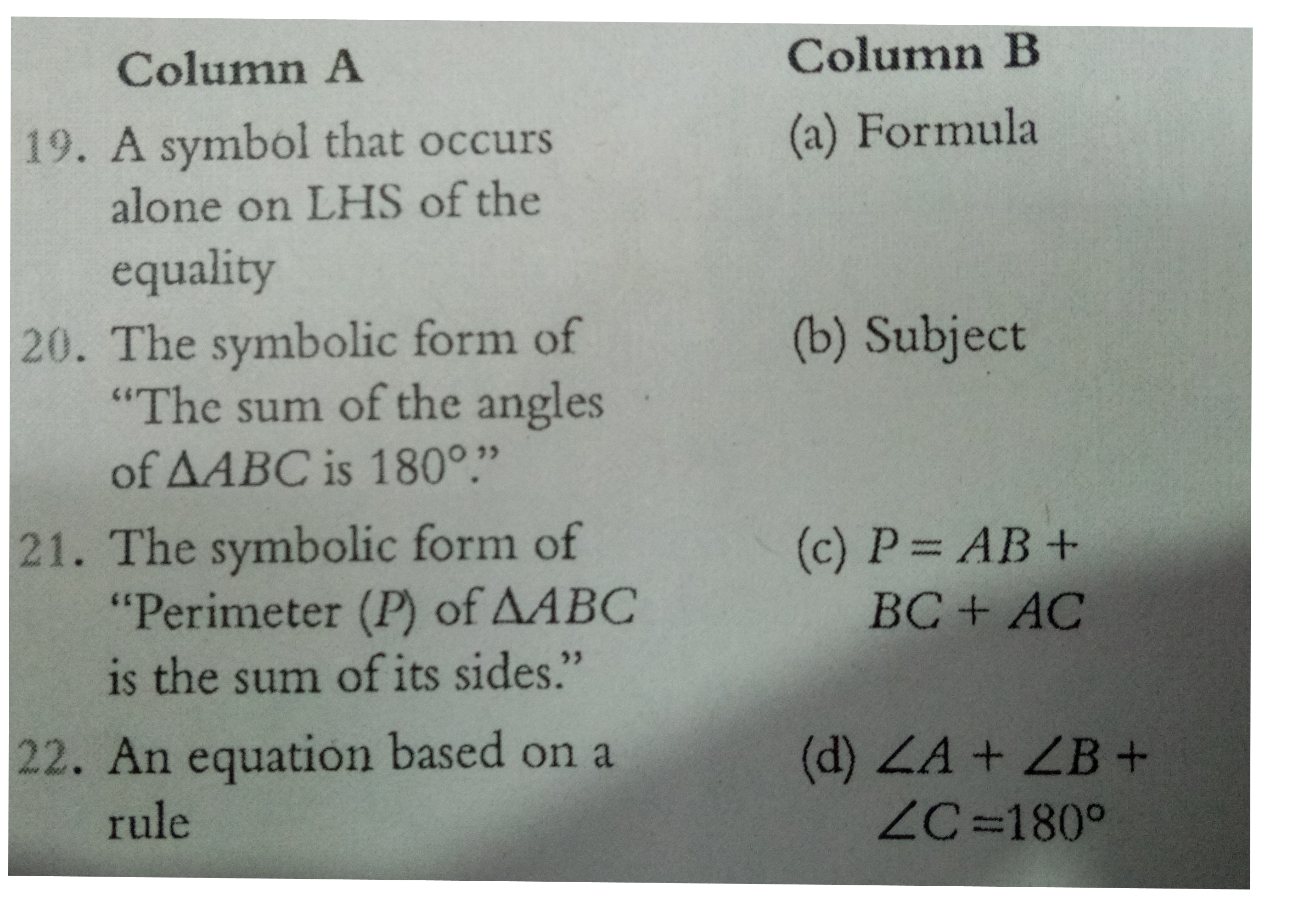
View SolutionMatch the following Column A to Column B

View SolutionFind the area of figure given below.
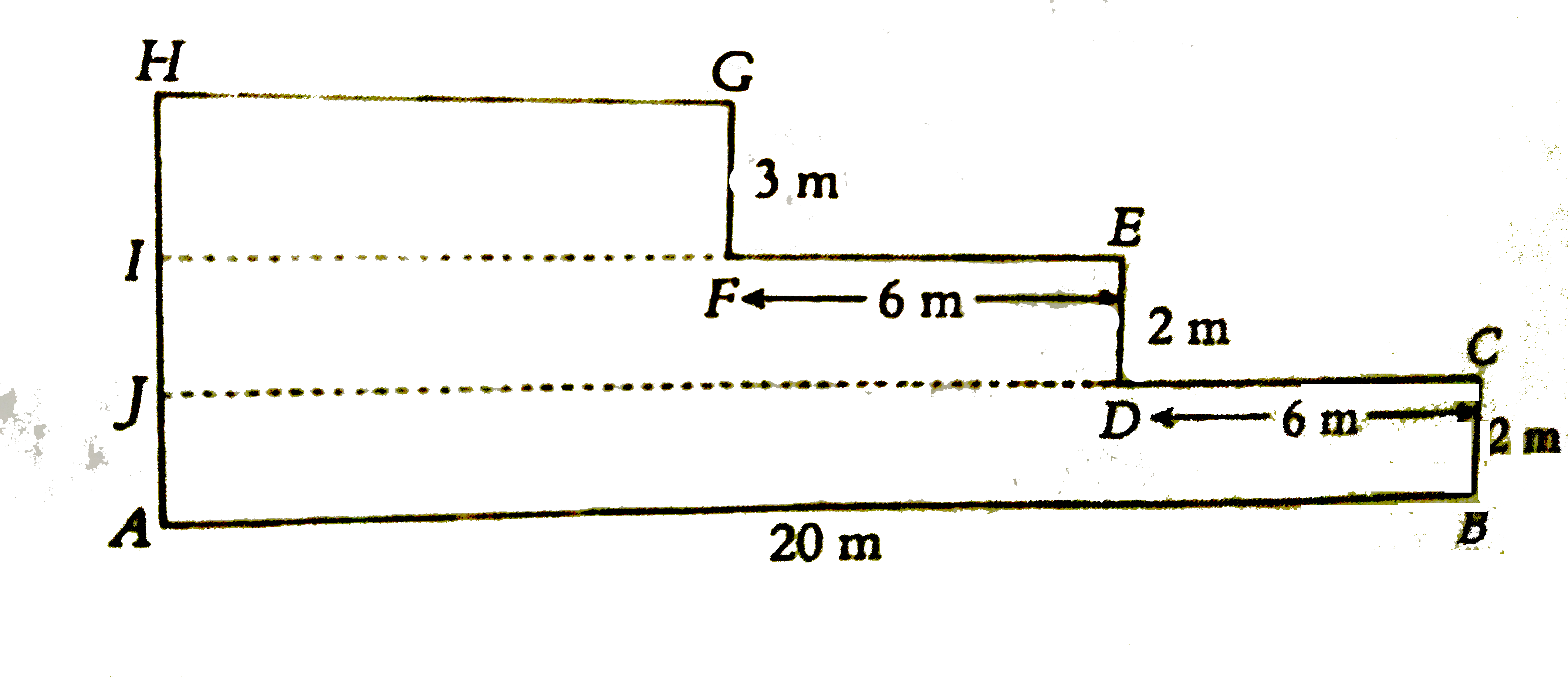
View SolutionFind the perimeter of the figure given below.
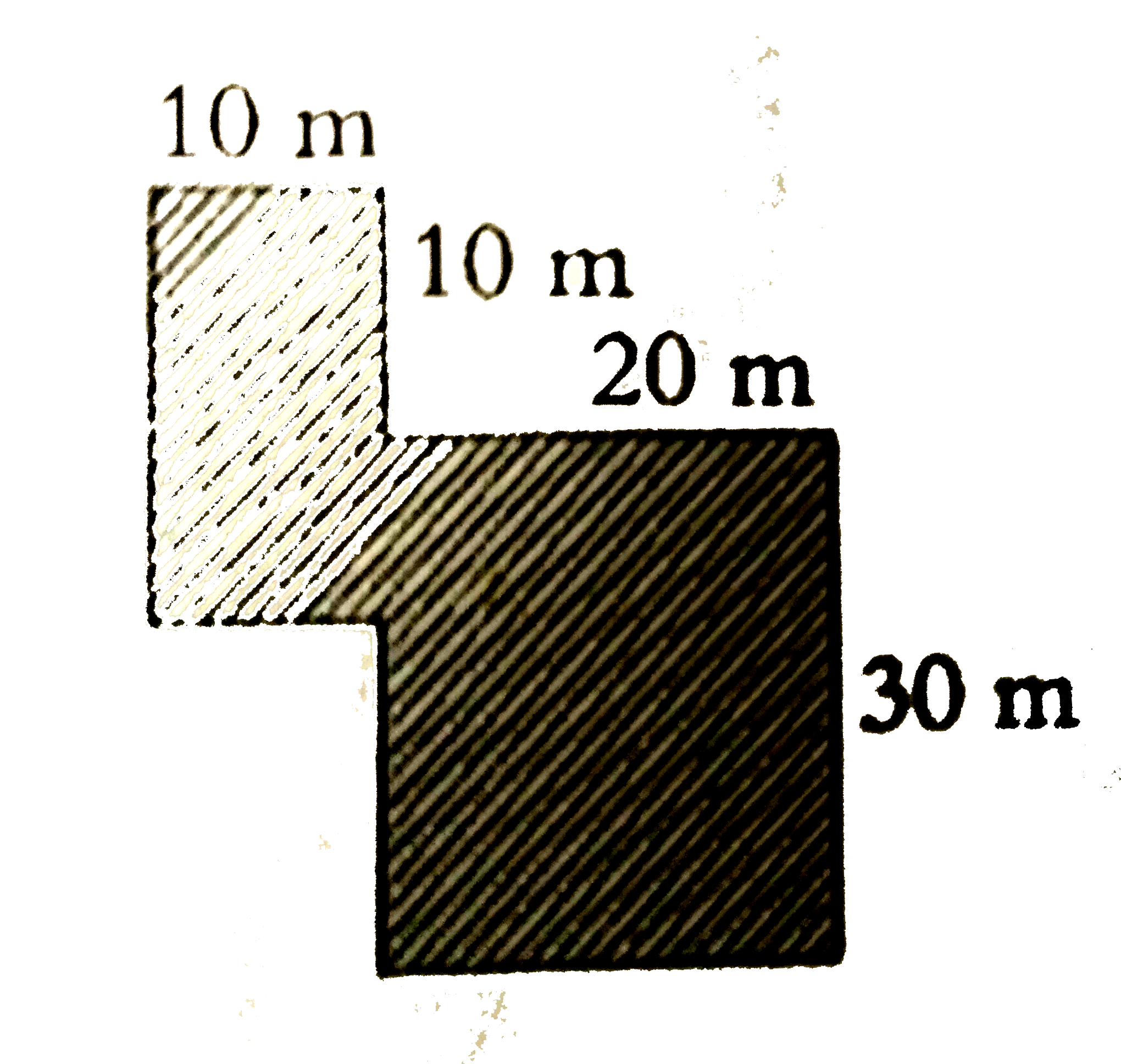
View SolutionFind the area of the figure given below.
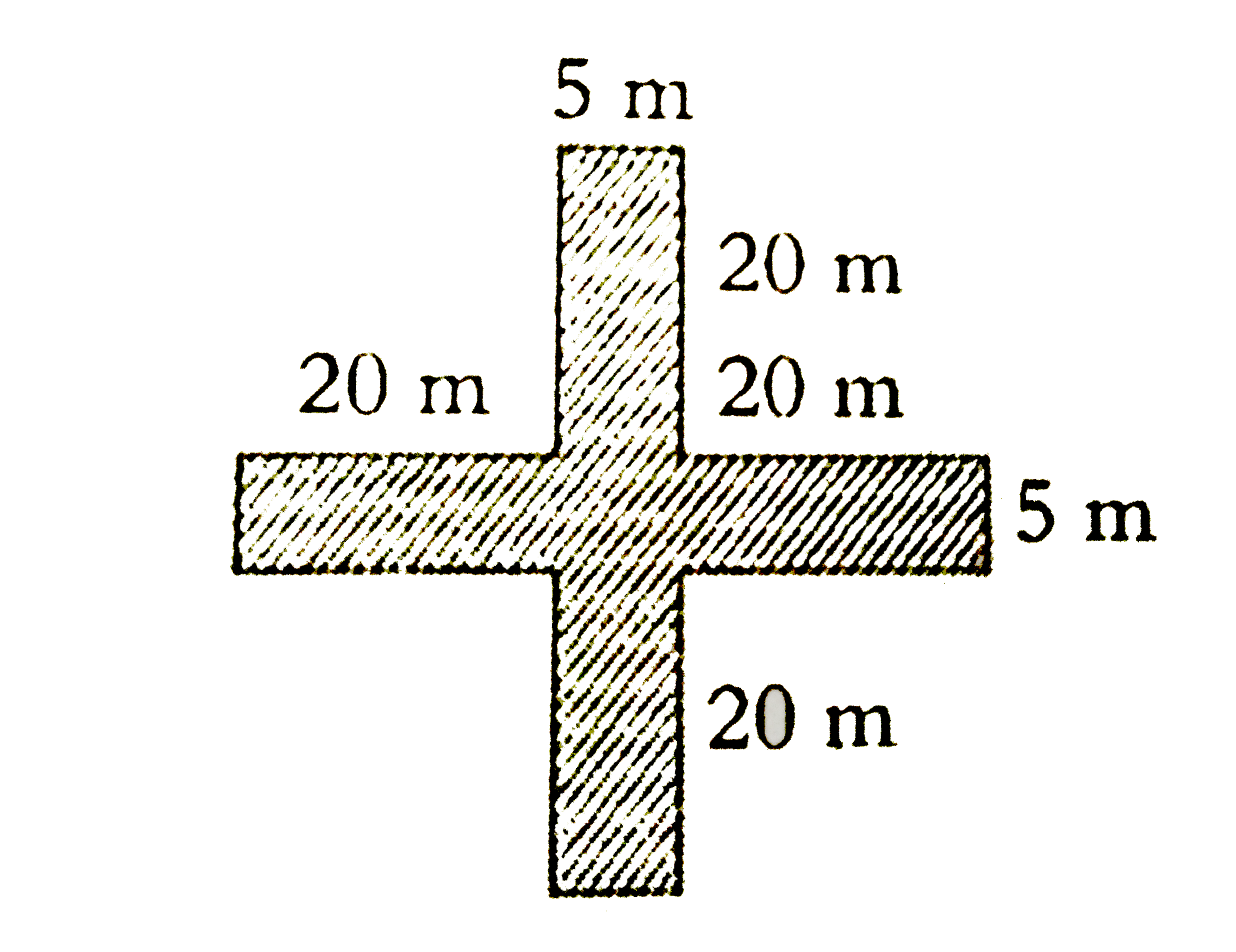
View SolutionThe area of the shaded part in the figure given below is ______.

View SolutionThe inequation represented by the graph given below is :
View SolutionThe inequation that best describes the graph given below is _________
View Solution